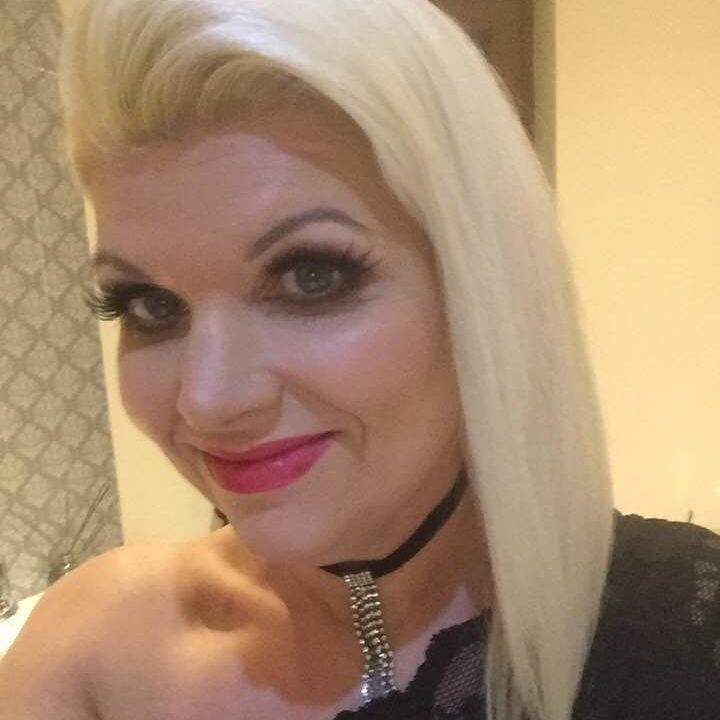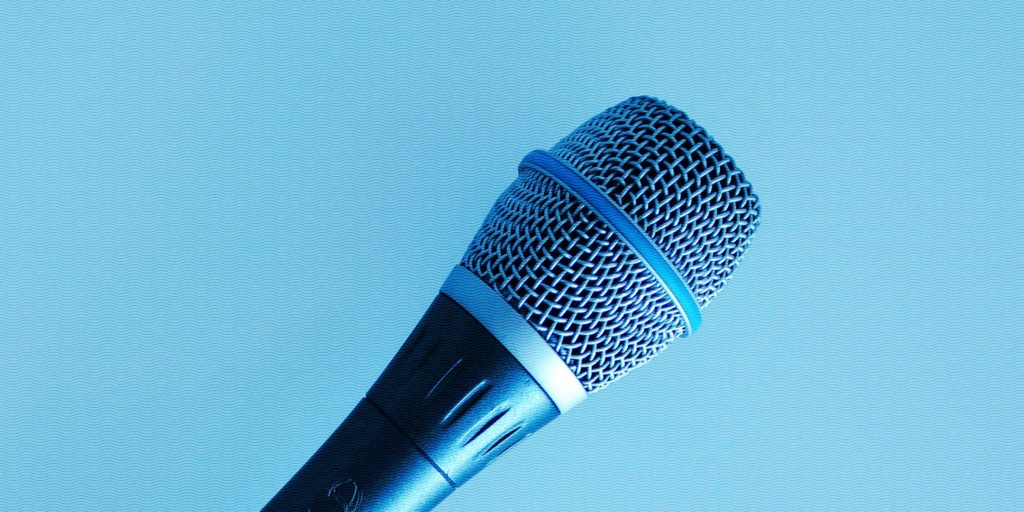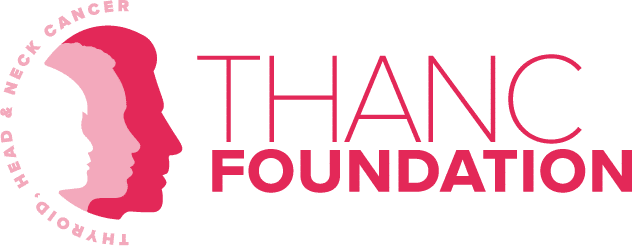
The consultant told me it was the largest he had ever dealt with. He said it was HPV aggressive, but that it was treatable. He warned that I faced “the journey from hell” and he was right.
Looking back, I had symptoms that were telling me I had a problem. Fluids had been coming out of my nose, I thought my voice had changed. I also had a small lump under my right ear. Lots of follow ups didn’t show any problems. It wasn’t until I got a very sore throat that revealed some infected tissue after I coughed.
Seven weeks of radiotherapy followed, and five weeks of chemo. I live in an island community, so I had to leave home to receive treatment on the Scottish mainland for the duration, leaving my children at home with family.
The weight began to drop off… after three months, I had lost six stone
I got through the treatment phase better than I could have hoped, but it was my onward recovery when the problems really began. I struggled to swallow anything because of the size of tumour and damage done by the treatment. My throat and tongue just couldn’t do the job anymore. I had eaten perfectly normally for 45 years, then in a few months, it was gone.
The weight began to drop off. My sister tried to keep me going with high-calorie smoothies, but I was only managing a tiny amount, and after three months, I had lost six stone. I was terrified of the thought of a feeding tube, but in the end it was that or starve to death.
Through trial and error, I learned which foods I could manage to swallow
I was admitted to the hospital and a percutaneous endoscopic gastrostomy (PEG) tube was fitted. I was told to take “nil by mouth,” as a video x-ray deemed it too dangerous for me to try and swallow anything. However, I didn’t want to give up so I learned my own techniques of how to manage a little water, leaning my body at an angle so the liquid would go down the correct way.
I survived with the stomach tube and slowly began gaining strength and weight. Through trial and error, I learned which foods I could manage to swallow—tiny amounts initially. Everything had to be mashed up with water as I have no working salivary glands anymore, courtesy of the radiotherapy.
It was a horrendous time in many ways, but my husband and I often reflect on how close it brought us as a family
I never gave up, though. I loved food too much. It’s April 2020 as I write this and I was able to have the stomach PEG removed four months ago. I still have one or two high-calorie milkshakes daily to boost my intake, but I can manage a bigger variety now. I cannot swallow any lumps and never will be able to, but I can enjoy a limited selection. The experts did not believe I would ever swallow again—I was given a five to ten percent chance. They also did not know if I would be able to speak, which I manage fine.
It was a horrendous time in many ways, but my husband and I often reflect on how close it brought us as a family. We have been to hell and back—and survived. He looked after me in ways a husband never should have to, but we have come out the other side.
My advice to anyone going through this: live each day as if it’s the last, as you never know when it might be
I was told the treatment had been a success in March 2019. So I now have two monthly check ups. I have had one scare with raw tissue in my throat, but a biopsy and scan came back clear. Now the coronavirus means no check ups for the foreseeable future which worries me, but there’s nothing I can do about it.
My advice to anyone going through this: live each day as if it’s the last, as you never know when it might be.

Will You Share Your Journey?
April is Oral Cancer Awareness Month. As part of that theme, we post stories written by oral cancer survivors, caregivers and medical professionals for our 30 Stories in 30 Days™ campaign. The insights they share can help others along their journey.


